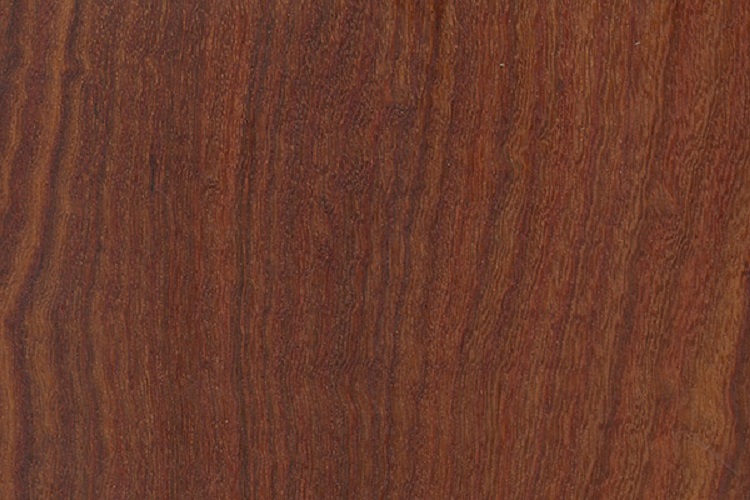

Buy This Wood Require More Details Product List Company's Catalogue
Agrowooders Is A "People, Customer, & Environmental-Oriented Organization"
"At Agrowooders, our mission is to provide quality agro(farm) And wood products to businesses and individuals worldwide. We are committed to providing the highest quality products and services to our customers while maintaining a commitment to environmental sustainability.".......... Read On!
